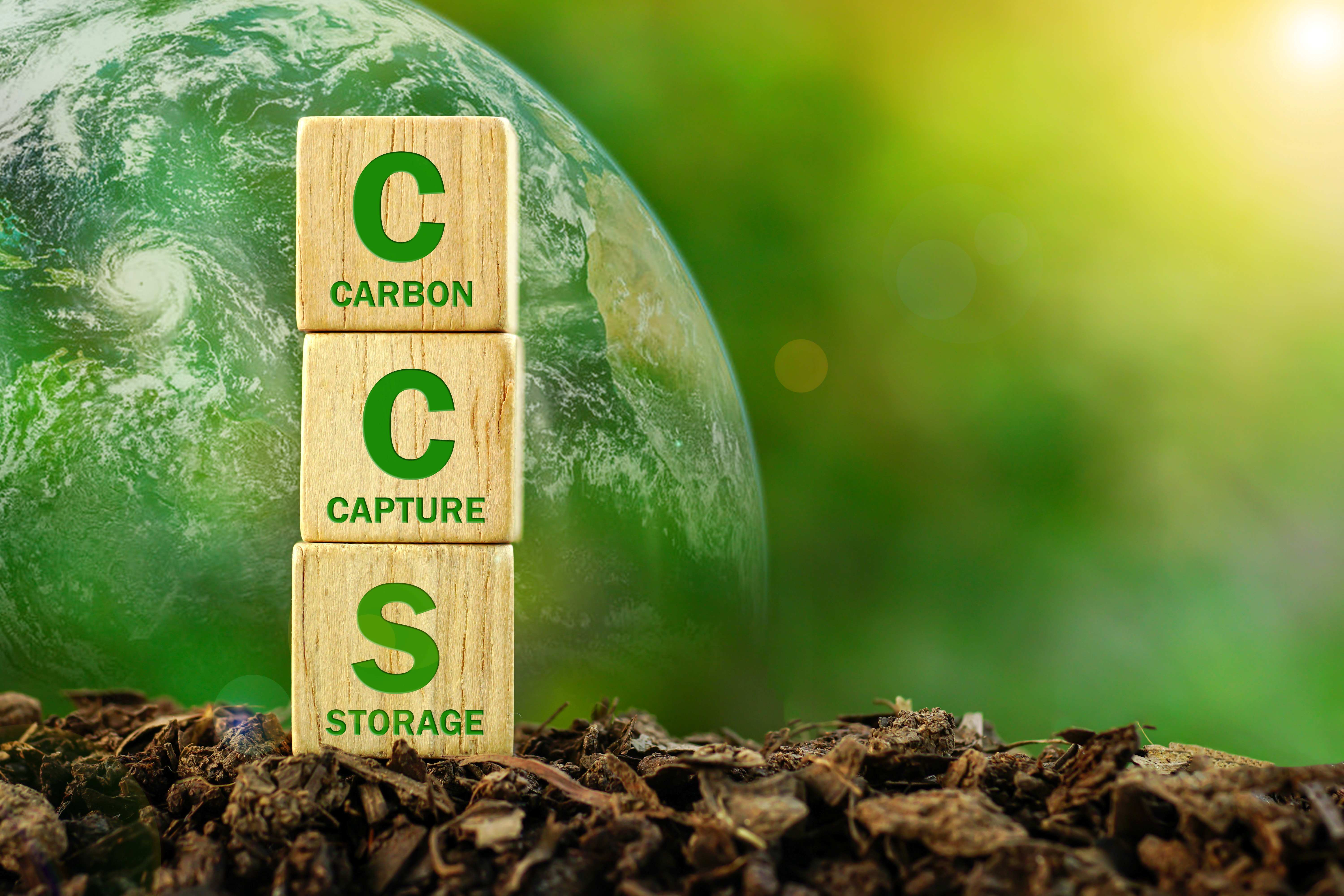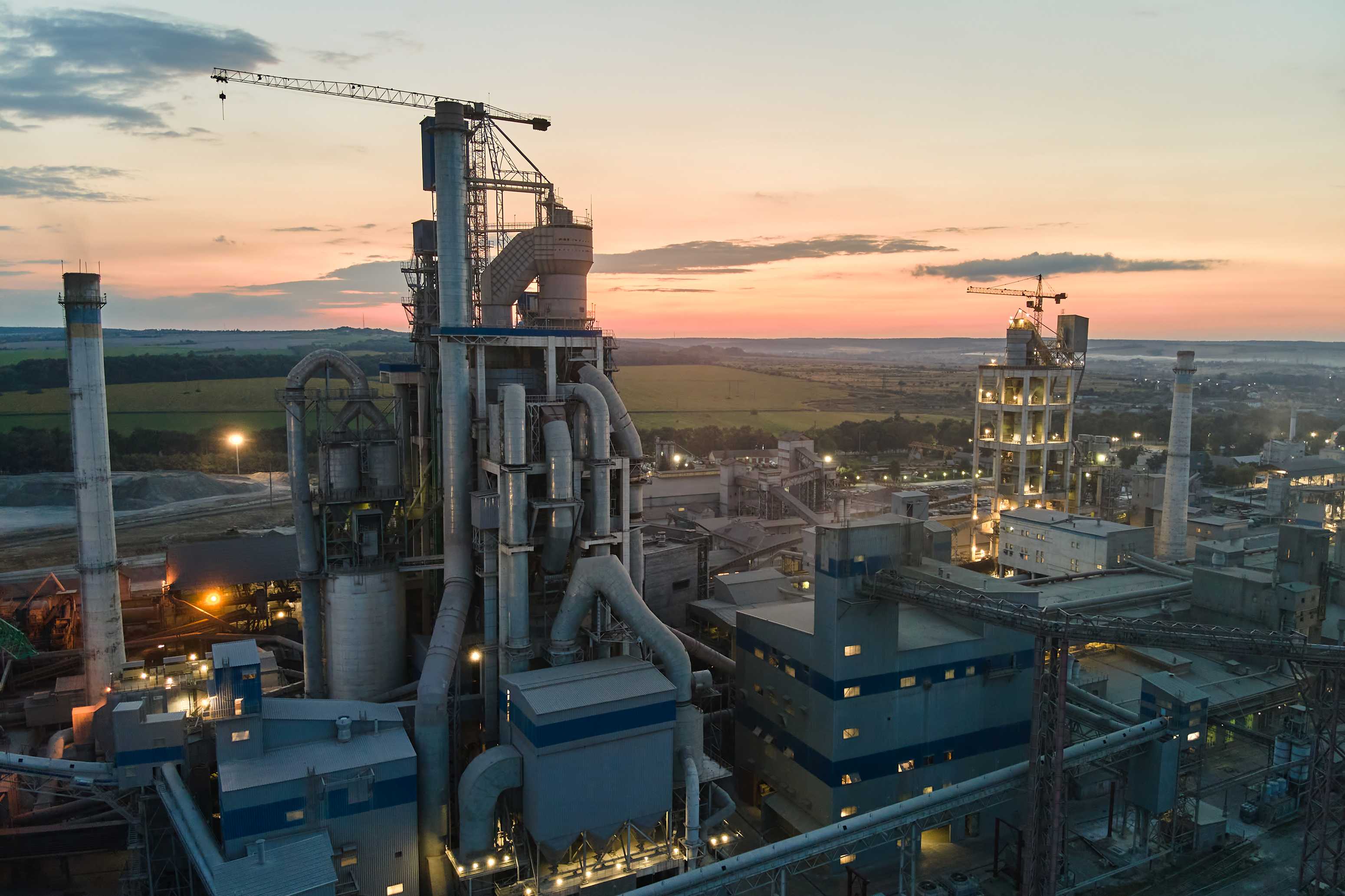
Carbon Capture and Utilization and Storage (CCUS) is an essential technology needed to facilitate the energy transition.
CO2 can be directly captured from the back end of industrial facilities and power plants to avoid being emitted into the atmosphere, providing an important retrofit option for existing infrastructure to meet low carbon goals. CO2 can also be captured from the atmosphere through Direct Air Capture (DAC) technologies.
Ideally, the captured carbon can be recycled into useful products- this is the U in CCUS. Captured CO2 can be utilized as an important feedstock for chemical processes and fuels, for example, thus contributing to a circular economy rather than a waste product. With the right geology, captured CO2 can also safely be stored deep underground or in deep sea beds.
Interestingly, the regions that are most ready to deploy deep geological storage for CO2 are those that have been strongly focused on oil and gas industries, such as the US Gulf Coast, the Alberta Oil and Gas region of Canada, and the North Sea region of the UK. This makes sense as they already have the expertise, as well as much of the infrastructure that is needed. Pipelines can be repurposed to transport CO2 for disposal. Deep underground reservoirs which once contained gas deposits can be utilized to safely store CO2.
Carbon capture in action in the cement industry
One of the most challenging industries to decarbonize is cement. While concrete and cement are essential to our infrastructure, they are responsible for 8% of GHG emissions globally due to the unique process chemistry and fuel needs of manufacturing. While there are innovators entering the marketplace looking to deploy low carbon cement facilities using alternative chemical processes, there are also first movers, such as Heidelberg Materials, that are adding carbon capture into their traditional cement production processes to achieve net zero.
In fact the first ever full scale carbon neutral cement plant is being permitted and constructed in Edmonton, Alberta, Canada by Heidelberg. CO2 will be captured directly from the process stream and transported to a nearby facility to be compressed and permanently injected into the deep subsurface. In addition to the chemical manufacturing process emissions, which account for about 2/3 of overall emissions, carbon capture will also be applied to the electricity generation infrastructure used to power the plant, resulting in additional carbon reduction.

Did you know? Marin County, CA is a pioneer in setting technically based, low carbon concrete requirements into its building codes?
CCUS is a critical low carbon technology “add-on” that will enable us to transition existing industrial and energy infrastructure. CCUS does of course come at an additional cost as compared to business as usual. Future blogs will delve into other examples and pathways illustrating how first movers are making the case for low carbon products using CCUS.